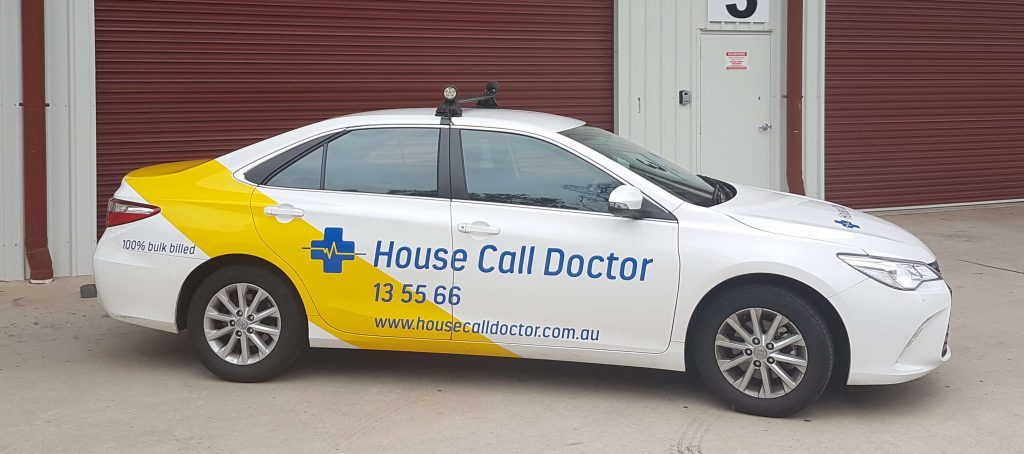The Wide Bay is in the midst of a dramatic spike in the number of cases of a sexually transmitted disease.
This year to date, Wide Bay Hospital and Health Service has recorded 51 cases of gonorrhoea.
This is compared to a five-year average of just 19.
The data is in line with a rise in gonorrhoea diagnoses across the state, with 1888 cases of the disease so far this year in Queensland compared to an average of 1349 from 2014 to 2018.
Wide Bay Hospital and Health Service acting public health physician Gulam Khandaker said the increase in cases did not necessarily mean an increase in infections in the community.
“For example, an increase in the amount of people being tested can lead to an increase in the yield of notifications,” he said.
“Increasing the amount of people tested so more people with STIs are identified is a positive development because it leads to earlier treatment, which in turn leads to better outcomes for patients and assists in reducing the transmission to other sexual partners.”
WBHHS Q Clinic offers confidential screening for gonorrhoea and other sexually transmitted infections.
It is a free service that visits the Fraser Coast regularly.
Chlamydia is also slightly up in the Wide Bay, with 219 cases this year compared to the five-year average of 211.
In addition to the spike in STI cases, the region is also experiencing one of its worst flu seasons in years.
Already 221 cases have been reported, compared to a five-year average of 107.
More whooping cough cases have also been reported in comparison to last year, with 19 cases so far in 2019 compared to the five-year average of 11.
Wayne Ormond, House Call Doctor’s chief executive officer, said the region had an abnormally high number of flu cases over the summer.
Now, with the flu season officially under way, doctors are once again being called out to treat the illness, he said.
“We’re only starting to see the beginning of it,” he said.
“It’s starting to pick up now the colder weather is coming in.”
He said the most important thing people could do to combat the disease was to practice good hygiene and go to their doctor to get a flu shot.
Already there had been a number of deaths in South Australia linked to the flu, Mr Ormond said.
The elderly and very young were especially vulnerable to the disease, he said.
“If symptoms persist and are serious enough, if you’re at all concerned, go see your GP,” Mr Ormond said.
Dr Khandaker said just because flu numbers were high for this time of the year, it should not be assumed that the figures indicated anything about the upcoming flu season, which typically peaked in July and August.
“That said, the high summer and autumn influenza numbers are a timely reminder of the importance of vaccination,” he said.
He encouraged people to stay home when ill.
Original Source: Fraser Coast Chronicle | 9 May 2019
Also published in: Toowoomba Chronicle, Gympie Times, Queensland Times, Warwick Daily News, Sunshine Coast Daily, News Mail, Gladstone Observer, Morning Bulletin, Daily Mercury News, Whitsunday Times and South Burnett Times.





